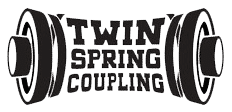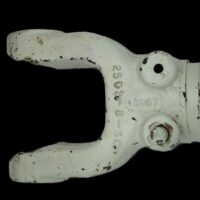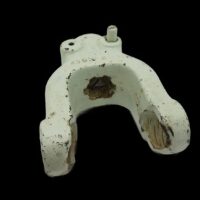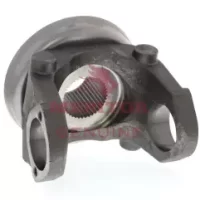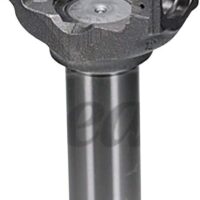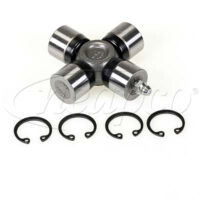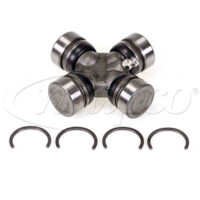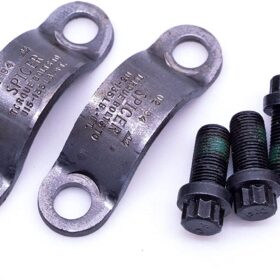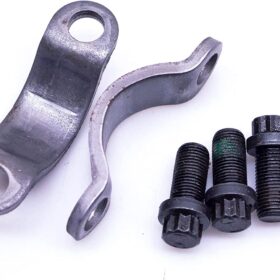Universal Joint – The joint contains 4 small bearings at the end of each of the cross, these bearings need to be maintained and kept lubricated or they will heat up and seize, requiring replacement meaning time and money, add to that the universal joint design which allows the two attached shafts to work out of alignment. This misalignment means the ball bearings inside the bearings will wear against the outside of the race (groove the ball bearings sit in) leading to the race being enlarged and the ball bearings becoming loose, leading to increase vibration potentially damaging attached equipment or bearing failure.
Yokes – The Yokes allow the two shafts (input/output) to attach to the universal joint. These yokes vary and some have to be welded on to the shaft. The yokes are substantial in size except where they attach to the universal joint, they are only slightly larger to ensure the joint can work at an angle without binding or hitting the propeller joint. This is an area of weakness as this can be an area where cracking can lead to failure, as we have see recently with the Ford Transit van driveline recall. Stress, the universal joint being used at a large angle of misalignment, a moderate blow along the input/output shaft can lead to this kind of cracking.
Agricultural couplings
Couplings, Collars & Universal Joiners
Automotive
Automotive
Agricultural couplings
Couplings, Collars & Universal Joiners
